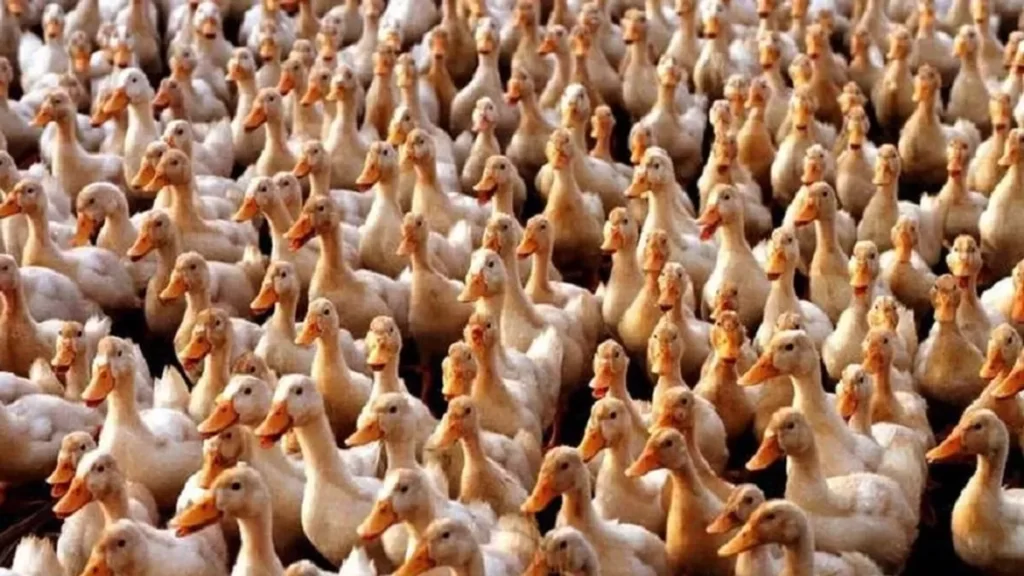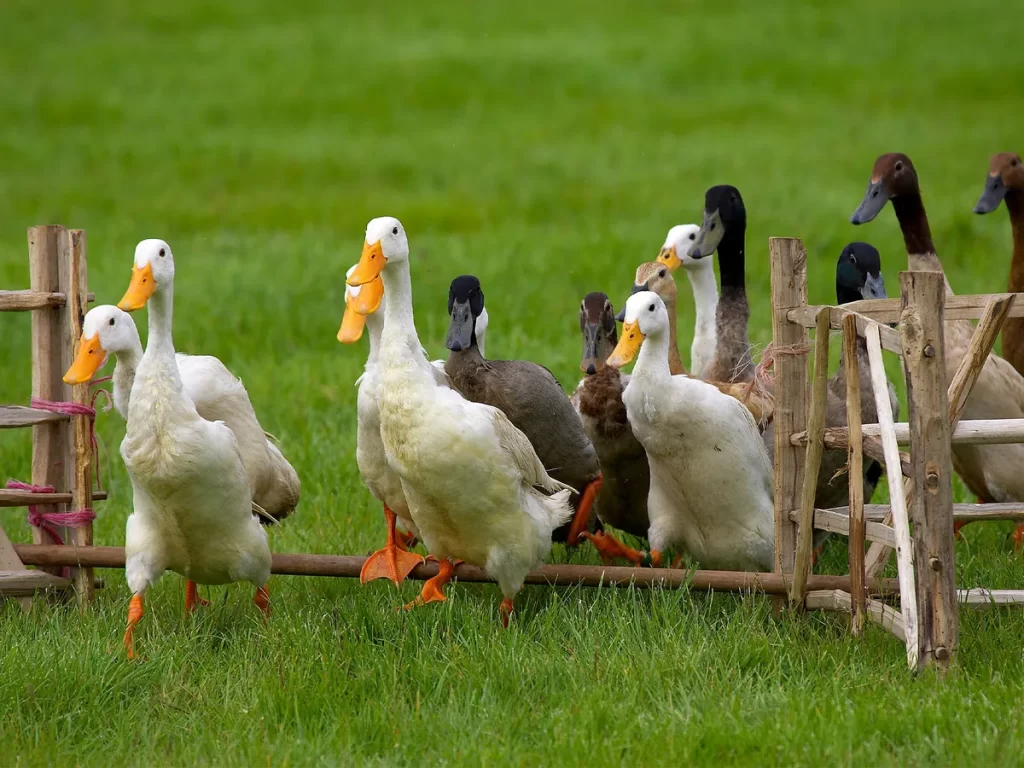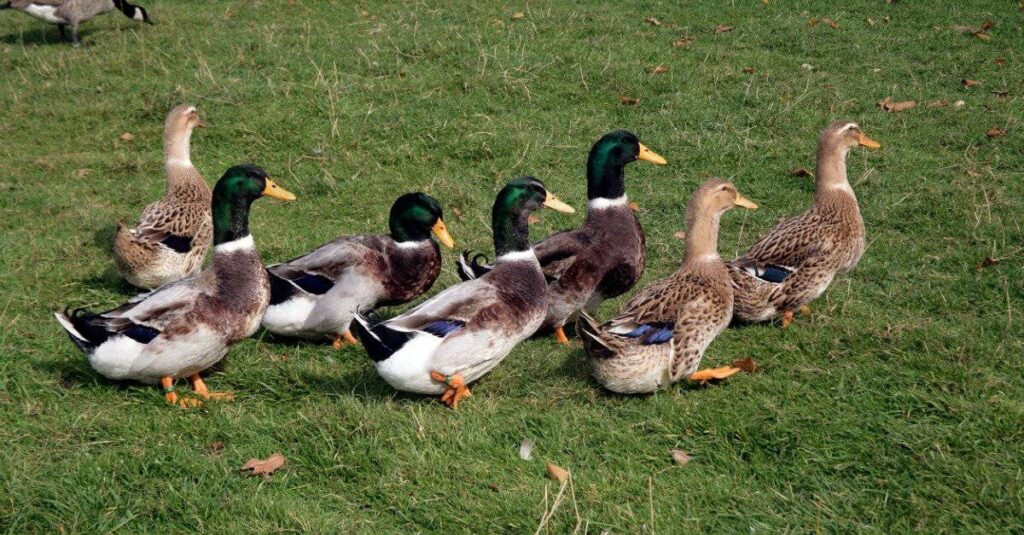What is a Group of Ducks Called? Discover the Collective Nouns for Ducks

Ducks are known for being noisy, sociable birds that often stick together, swimming in tight groups that resemble rubber ducks in a Hook-a-Duck stall. But have you ever wondered what the correct term for a group of ducks is? We'll explore the various terms used, so keep reading to discover more.
The collective noun for ducks changes depending on their activity—whether they're swimming, flying, or on land. These terms include a raft, paddling, flight, skein, sord, badling, team, and the more familiar ‘flock’.
Some terms are self-explanatory, like paddling and raft, which relate to ducks moving on water. Others are less intuitive, requiring further explanation, which we’ll delve into alongside insights on their flocking behavior.

Different Names for Groups of Ducks
Ducks are called by various names depending on their location and actions. Let's look at the commonly used terms for ducks swimming, flying, or on land.
On Land
When ducks are on land, the most common terms are waddling or flock. Another term, sord, also refers to ducks on land, though it's less commonly used.
In Flight
For ducks in the air, the terms flock, flight, or skein are typically used.
On Water
When ducks are swimming, they are referred to as a raft, paddling, or badling.
Additionally, other terms that might describe a group of ducks include:
- bed
- armada
- brace
- bevy
- brood
- coil
- bunch
- company
- daggle
- curl
- diving
- flush
- dopping
- game
- handle
- gang
- party
- wabbling
- posse
The terms waddling or flock are most commonly used for ducks seen on land, whether they are walking, sitting, or standing still.

The Significance of Group Names
Collective nouns are commonly used throughout the animal kingdom, describing groups such as a pride of lions, a swarm of bees, or a huddle of walruses. These terms often employ vivid and colorful imagery, fostering a deeper connection to nature. Beyond their poetic charm, these collective nouns serve practical purposes too, which we’ll explore further, so stay tuned!
When it comes to birds, using collective nouns serves multiple functions. For one, the correct term offers a precise description for your birdwatching observations, indicating whether the birds are in flight, on the ground, or in water.
Unusual and intriguing names like a parliament of owls, a charm of goldfinches, or a flamboyance of flamingos are not only memorable but also make nature more engaging and inviting. If you're curious about these terms, you might find yourself more inclined to appreciate and protect the natural world around you.
A flock of Mallard Ducks is another example. Employing collective nouns for groups of birds enriches our understanding and appreciation of these fascinating creatures.

Etymology and Origin
While some names for groups of ducks are self-explanatory or straightforward, like raft and flock, others have a more deep-rooted etymology. Let's explore these terms further, so keep reading to uncover their origins.
The term raft, used for ducks on the water, has an obvious meaning, reflecting how tightly packed groups of waterfowl resemble a raft floating on the water’s surface. Paddling symbolizes ducks moving across a lake or river by swiftly propelling themselves with their webbed feet under the water.
For a group of ducks on land, the word sord, with roots in Old French, means to rise up or surge, possibly referring to ducks transitioning from water to dry land.

Skein specifically refers to ducks in flight. The original meaning of skein is a length of yarn or wool, derived from the neat, V-shaped formation of flying ducks, resembling a tightly drawn piece of yarn. This term is also used to describe a group of flying geese.
The term brace refers to a pair of ducks and originates from Old English and Anglo-French. It’s commonly heard in a hunting context, where it means two and is used not only for ducks but also for pheasants, grouse, and other game birds.